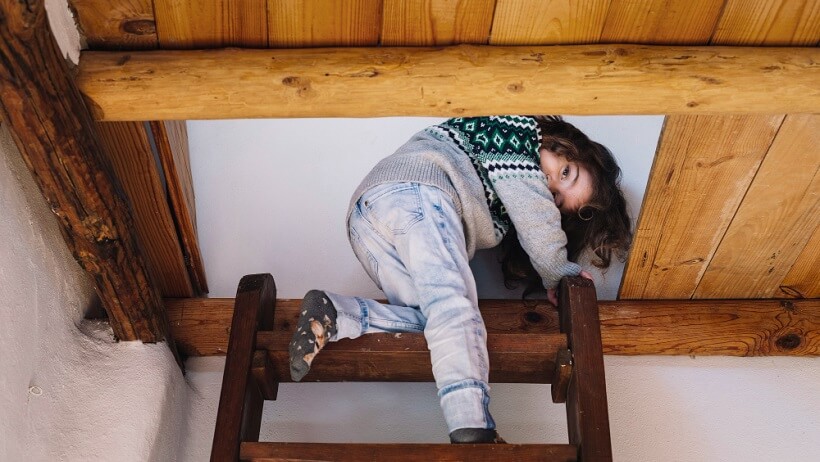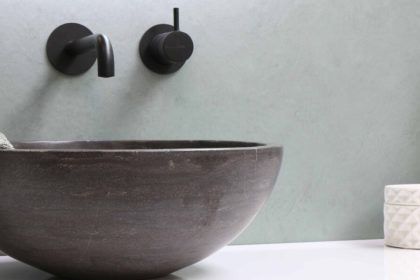Most of us will deal with dampness in the basement at some point in our lives, so when it does, we need to be prepared to take swift action to avoid any long-term harm. We must identify the most effective means of preventing potential water-related issues in order to do this. We’ve put up a list of seven incredible recommendations on how to keep your basement dry to assist you with this. Come with me while we examine!
1. Remove too much moisture
We often struggle with indoor humidity, which makes it challenging to maintain a dry basement. It is imperative that the problem be resolved as quickly as possible to prevent the growth of mold, which could destroy the walls. Since sealing leaky dryer vents with foil tape can keep humid air out of your basement, you can start there. Additionally, as dehumidifiers have been demonstrated to be successful at absorbing excess moisture and maintaining dry conditions in this region, feel free to give them a try as well. Finally, whenever it’s raining outdoors, remember to shut the windows in your basement.
2. Take note of the landscaping
Another problem that can arise is water seeping around your foundation and eventually entering your basement. You need to make sure that your landscaping is improved so that the ground slopes away from your house in order to prevent this difficulty. You will only be able to remove those tenacious puddles that appear after every downpour in this manner.
3. Select paint that is waterproof
Our basement walls can get weaker and appear dilapidated due to moisture and condensation. Fortunately, we have water-resistant paint as a remedy. It could cost more up front, but in the long term, it will save you a lot of money because you won’t have to paint your whole basement every year.
4. Put in a high-caliber drainage system.
A top-notch basement drainage system is your greatest ally if you want to stay on the safe side and maintain your basement completely dry. It is made to resemble drainage sheets, which protect both the subterranean structures and the foundation. Its vertical stud construction is also designed to safely catch significant water loads, protecting your basement in the process.
5. Seal any voids and fractures
While sealing up foundational holes and cracks won’t stop future leaks, it will help lessen the amount of moisture in your basement to some degree. Thus, regardless of how tiny these cracks appear to you, you should seal them as soon as possible using hydraulic cement, which has been found to be the finest choice due to its water resistance. But to get the best effects, be sure to use a mechanical mixer to get a homogeneous blend and thoroughly clean the surface before applying it.
6. Put gutters and downspouts in place
You may not be able to keep your basement dry if you don’t have an effective system in place for collecting rainwater and melting snow. Thus, construct high-quality gutters and downspouts that are at least five feet away from the structure of your home to divert that water away from your house rather than having it merely pour down until it reaches the foundation. You won’t have to worry about your basement flooding during unexpected summer storms because of them.
7. Use pipe insulation
Finally, insulating your cold-water pipes will undoubtedly stop condensation, which will lower the humidity level in your basement. Furthermore, you won’t have to cope with persistent water leaks from the pipes, which could gradually transform your tidy basement into a true swamp. More importantly, the foam pipe wrap that is mostly used for this purpose is incredibly reasonably priced and can even prevent the pipes from freezing throughout the lengthy winter season. Stated differently, this represents a minor outlay that is expected to yield returns soon.
As you can see, it is not at all difficult to keep one’s basement dry and free of outside water and humidity. But you must make a list of priorities and concentrate on the longest-lasting fixes for the problem. Finally, keep in mind that the most important thing is to respond quickly, so pay attention to even the smallest leaks and wall fractures.





